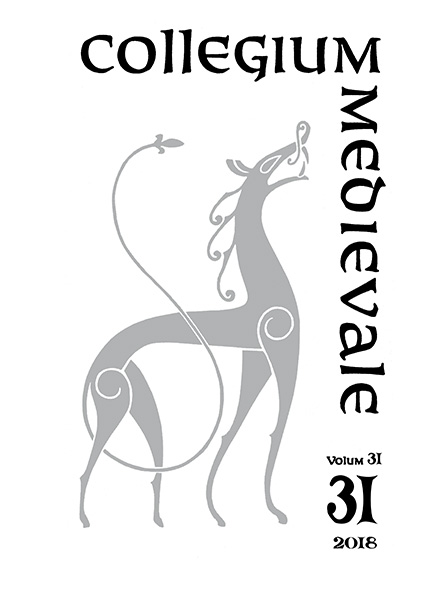Sammendrag
Over the past years, textiles have again become subjects of a range of studies in the field of medieval studies: from ecclesiastical history, economics and trade, to the role of textiles in medieval literature and cultural and gendered identities. The recent exhibition of embroidered vestments at the Victoria and Albert Museum in London, with its beautifully illustrated exhibition catalogue, has likewise spurred new interest in medieval textile art (see Browne et al. 2017). Despite this reinvigoration of a topic long neglected in medieval studies, the book reviewed here represents one of very few art historical monographs on an ecclesiastical textile from the Middle Ages. With The Chasuble of Thomas Becket: A Biography, professor Avinoam Shalem presents us with a collection of essays discussing different aspects of a textile now preserved in the cathedral of Fermo in Italy, known as the Chasuble of Thomas Becket. Venerated as a relic believed to have been worn by Becket, the textile was an important part of the Fermo cathedral's treasury. However, the textile was made in an Andalusian workshop and the authors argue that the textile was originally a tent for a Muslim ruler. At some point (probably around 1200) the textile reached Italy and was remade into a chasuble for the cathedral's bishop.
Forfattere beholder opphavsretten og gir tidsskriftet rett til første publisering av arbeidet. En Creative Commons-lisens (CC BY-SA 4.0) gir samtidig andre rett til å dele arbeidet med henvisning til arbeidets forfatter og at det først ble publisert i dette tidsskriftet.

